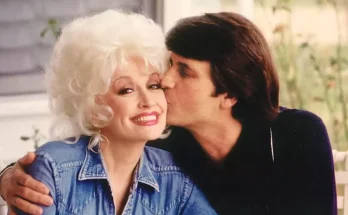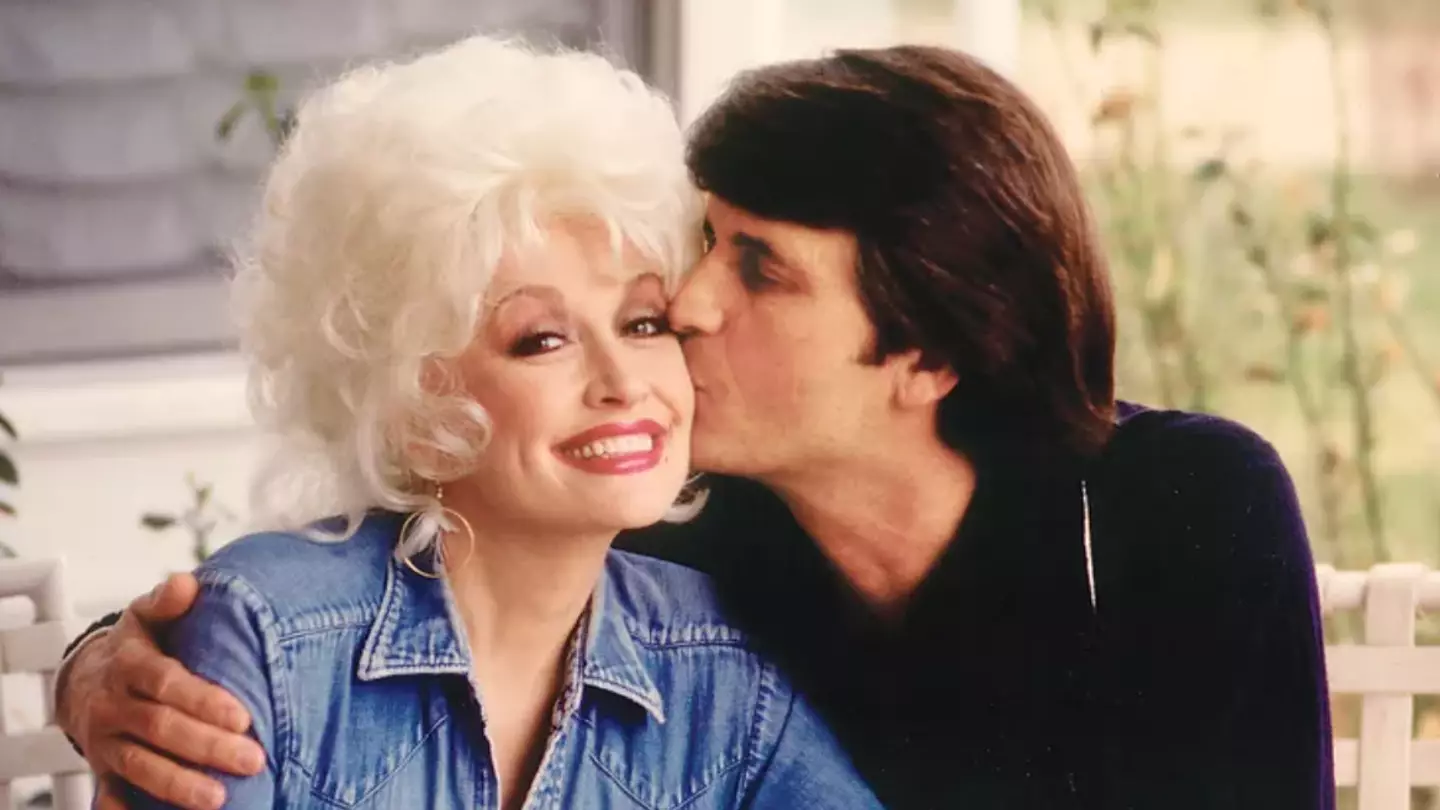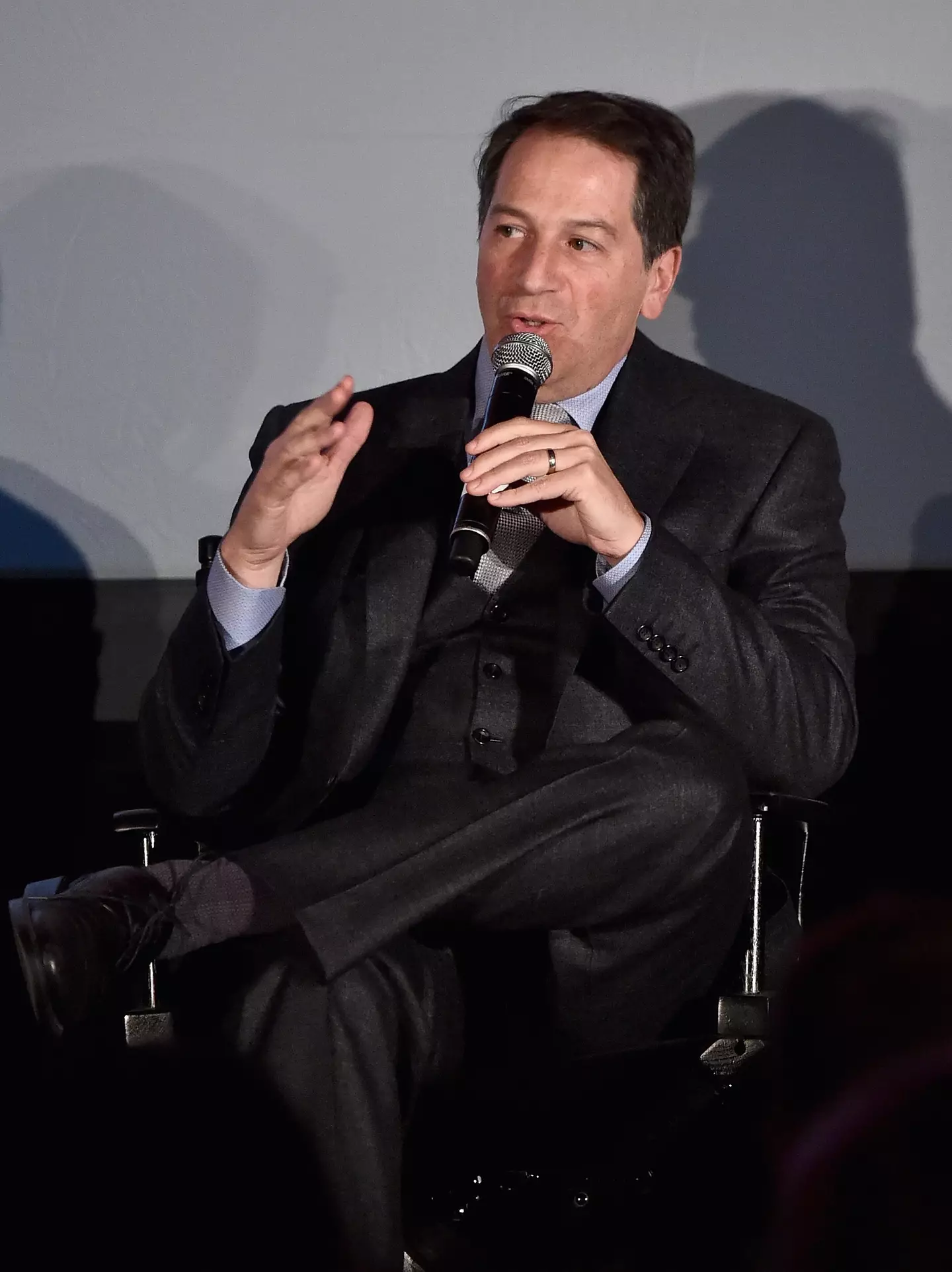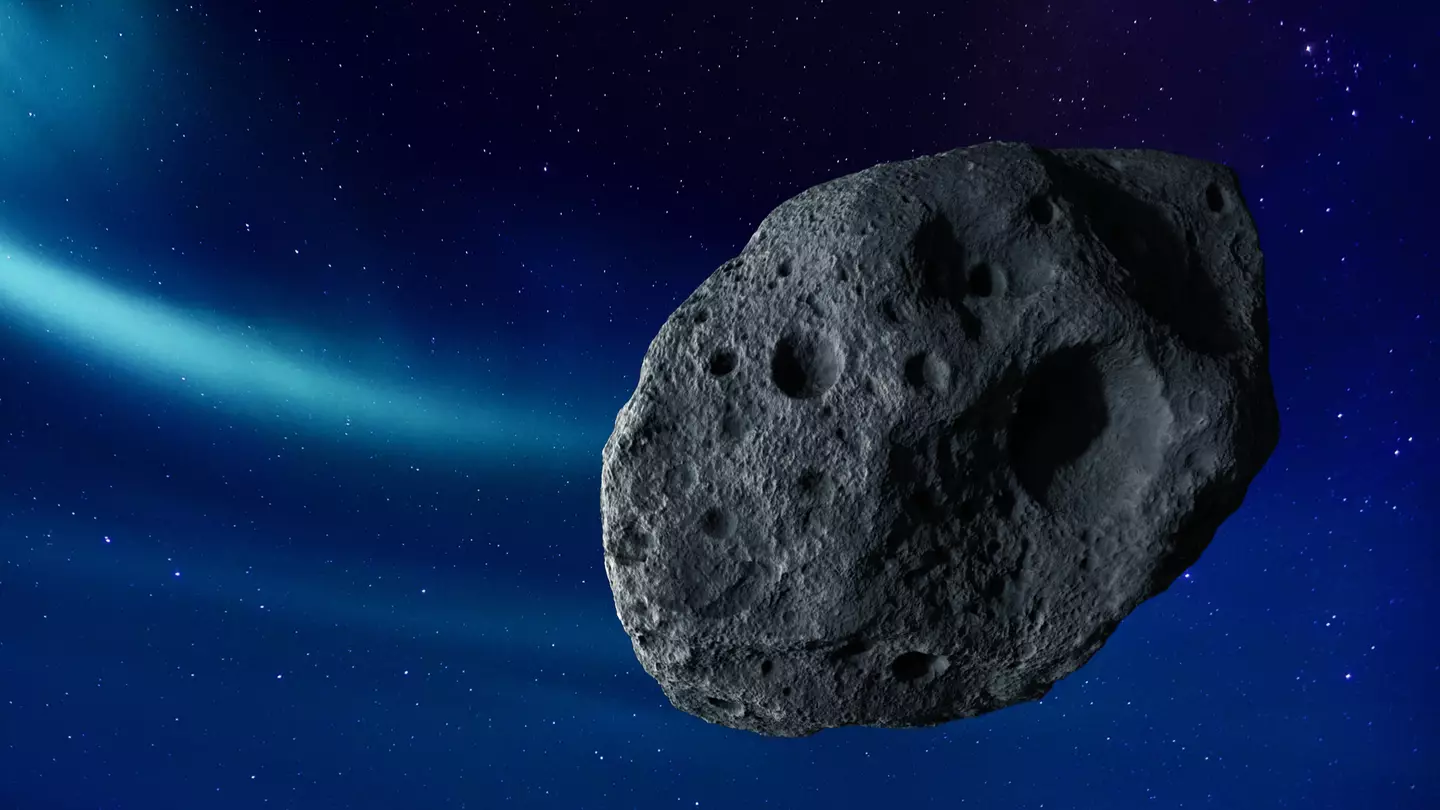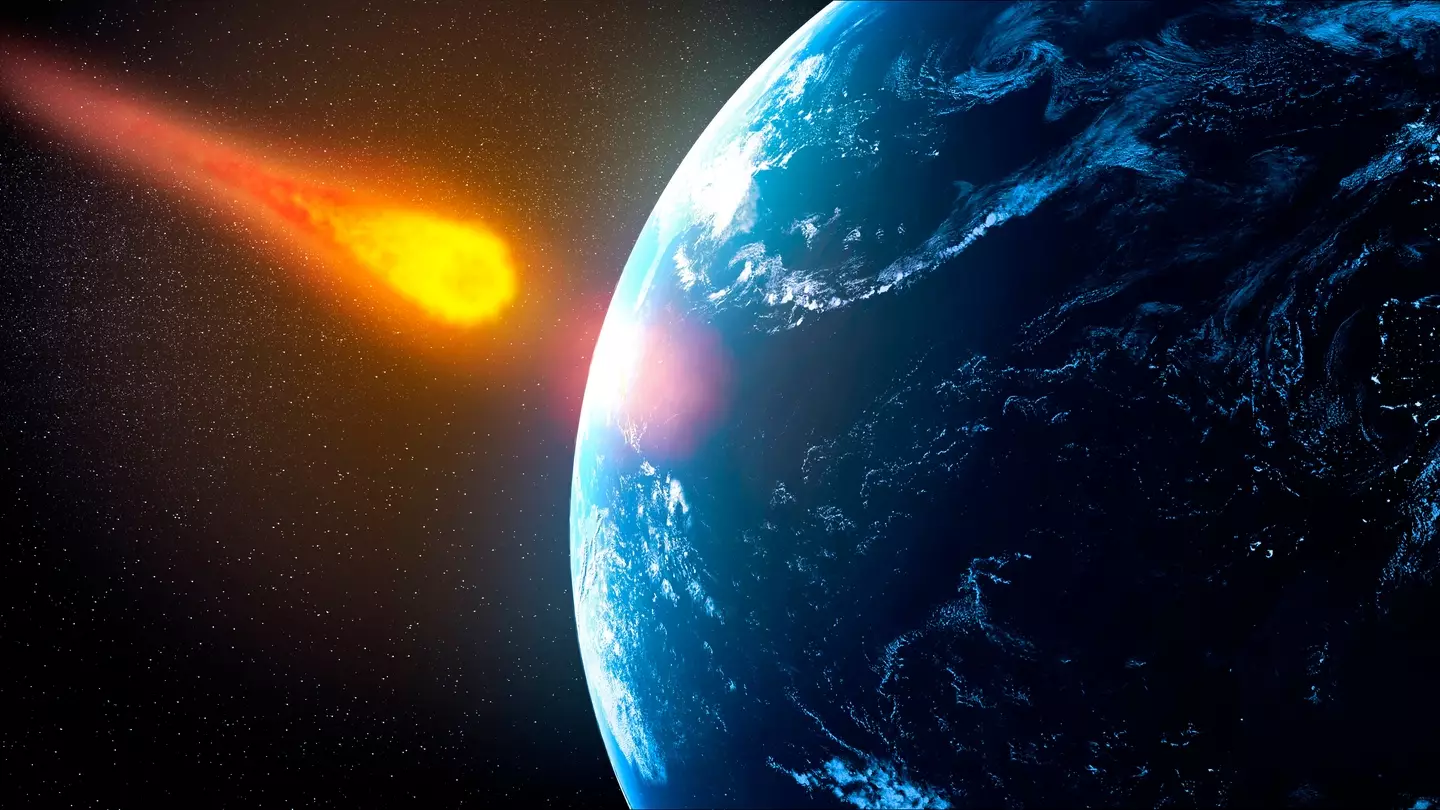
Crossbow killer Kyle Clifford ‘tied up’ ex-girlfriend before murdering her family in ‘violent act of spite’

Clifford was said to be planning ‘an attack on the Hunt family’ before being arrested on suspicion of murdering the three women at their family home in Bushey, Hertfordshire, on 9 July, 2024.
Opening the prosecution case today (4 March), Alison Morgan KC said that on 9 July last year, Clifford committed ‘acts of extreme violence’ against his former partner Louise and other members of her family after she ended their relationship.
Back in January, the Brit pleaded guilty to triple murder and false imprisonment of his former partner, Louise.

Kyle Clifford is also facing charges for rape after pleading guilty to triple murder (Hertfordshire Police/PA Wire)
The prosecutor continued: “This rejection angered the defendant. He was angry at Louise, but also at the Hunt family generally, as he correctly assumed that friends and family members had advised Louise to end the relationship with him.”
She added that Louise’s friends and family were concerned about the toll that the relationship was having on her, with one friend, Grace Sully, revealing that he had acted aggressively a number of times and had a ‘nasty temper’.
Hannah even told a friend that the family saw Clifford as ‘disrespectful, rude and arrogant’.
“The attack was carefully planned and executed, involving the deceit of Louise’s mother Carol Hunt, in order to gain access to the family home, followed by a brutal knife attack upon her,” Morgan said.

Police arrived at the home after Hannah called authorities (Jonathan Brady/PA Wire)
She went on: “[Clifford] then waited for Louise to enter the property, before restraining, raping and ultimately murdering her with a crossbow.
“He then killed Louise’s sister Hannah Hunt with the crossbow, when she returned to the property after work.”
Following his guilty plea on three counts of murder and the false imprisonment of Louise, Morgan added: “The only count for you to determine is that of rape. During the course of this prolonged incident of violence, the prosecution alleges that the defendant raped Louise Hunt.
“It was a violent, sexual act of spite, before he then killed her and you will have to determine that allegation against him.”
The court also heard that Clifford was seeing a number of other women behind Louise’s back.
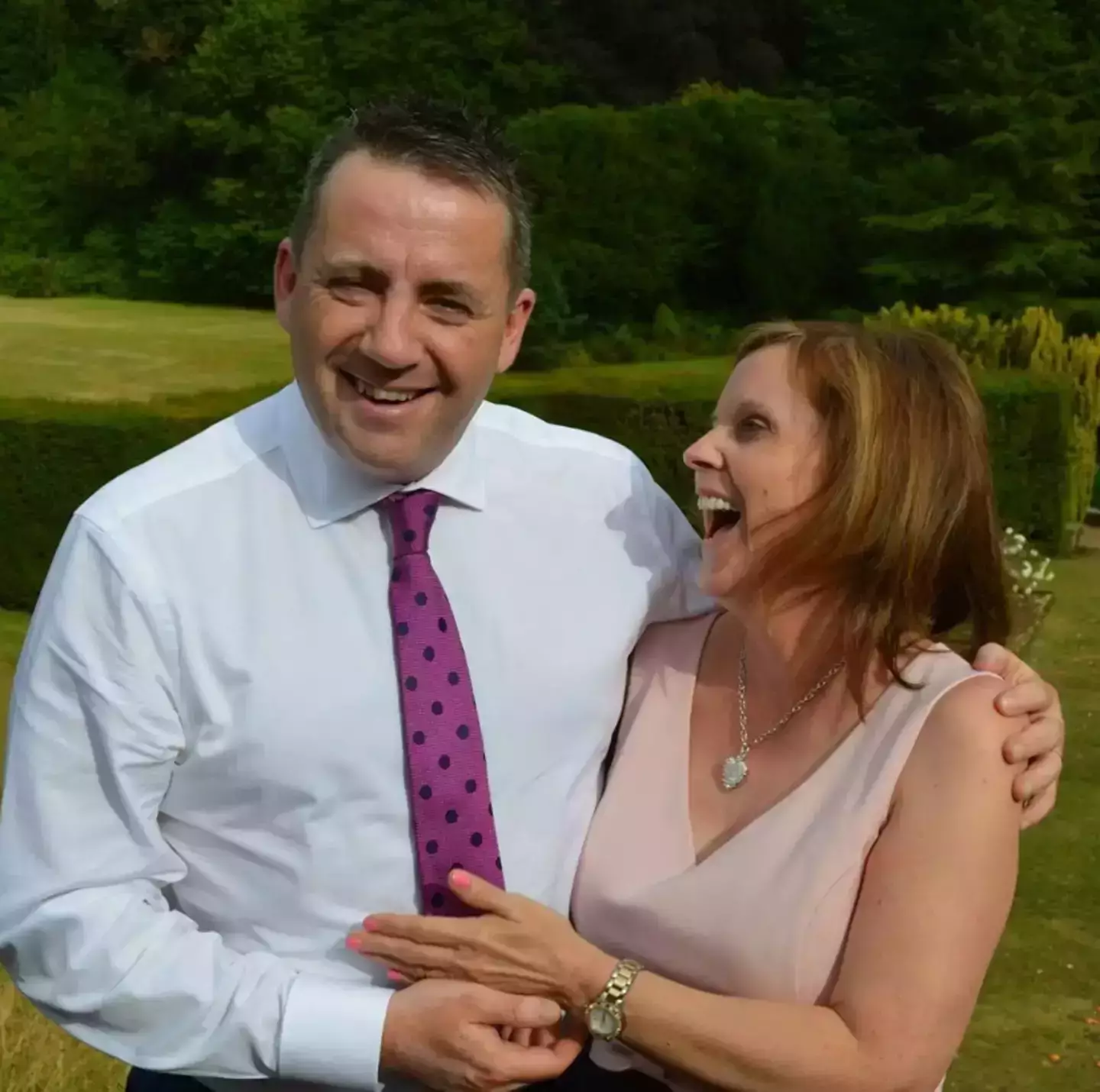
BBC commentator John Hunt and his late wife Carol (BBC)
Clifford denies raping his ex-girlfriend.
He pleaded guilty to stabbing Carol, 61, to death, and shooting Louise and Hannah, 28, with a crossbow in July last year.
BBC racing commentator John Hunt, the husband of Carol and father of Louise and Hannah, issued an emotional statement in September last year following the tragedy, saying on behalf of himself and his surviving daughter Amy: “The warmth from everyone at the track was so striking with hugs and kindness washing over me all day. My thanks to everyone who has contacted me, to Racetech who made things so straightforward and all racegoers who said hello.
“Amy and I are determined to take small steps forward whenever we feel able. To that end, today was a good day and I’m grateful for it.”
















